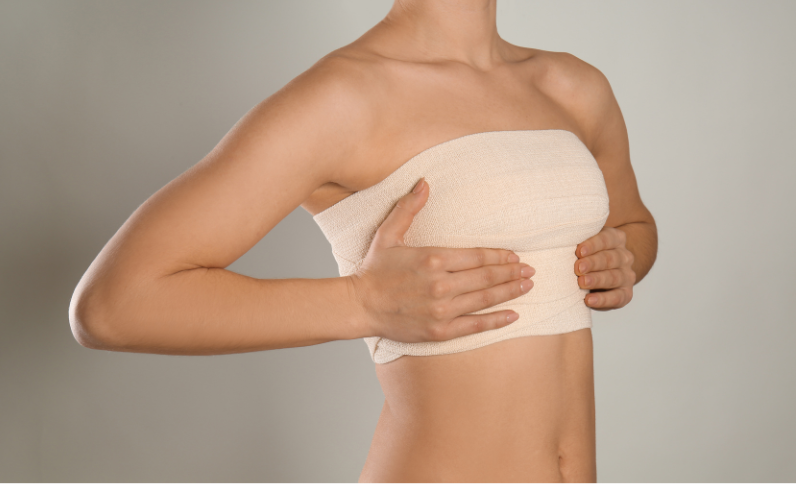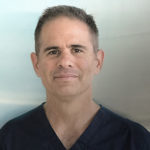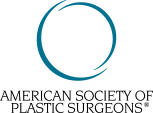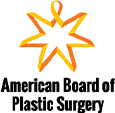
Posted by Laurence Weider on June 29, 2023
Breast augmentation is a procedure that can significantly enhance body image and self-confidence. While recovery is generally straightforward and less challenging than many patients expect, achieving optimal results requires careful attention to the healing process. This article outlines key aspects of recovery and provides actionable tips to ensure a smooth and successful healing experience.
Initial Postoperative Period
In the days following breast augmentation surgery, patients may experience swelling, bruising, tightness, or discomfort in the chest area. These symptoms vary depending on factors such as skin elasticity, implant size, and individual pain tolerance. To navigate this initial phase effectively, consider the following:
- Medication: Prescribed medications, including pain relievers, muscle relaxants, and antibiotics, should be taken as directed to manage discomfort and reduce infection risk.
- Activity Restrictions: Rest is essential during the initial recovery period. Strenuous activities and heavy lifting should be avoided. Patients are encouraged to move gently and deliberately to minimize muscle spasms. Light walking, however, is recommended to improve circulation and reduce the risk of blood clots.
- Supportive Garments: A surgical bra is typically provided and should be worn for the first few days post-surgery. Transitioning to a supportive sports bra without an underwire is advised for the following six weeks. Consistent use of supportive bras helps stabilize implants, reduce swelling, and maintain long-term results.
Managing Discomfort and Swelling
Swelling is a normal part of recovery. To alleviate discomfort and promote healing:
- Cold Compresses: Applying ice packs or gel packs intermittently during the first two days may help reduce swelling and provide relief.
- Elevated Sleeping Position: Sleeping in a recliner or using extra pillows to keep the upper body elevated can minimize swelling and discomfort.
- Gradual Activity: Avoid activities that raise the heart rate or strain chest muscles. Gradually reintroduce light physical activities based on guidance from follow-up visits.
Incision Care and Scar Management
Proper incision care is vital for minimizing scarring and ensuring optimal healing:
- Steri-Strips: Adhesive strips are often placed over incisions to keep them clean and support the healing process. These should remain in place until removed by medical staff or as directed.
- Showering Guidelines: Patients can typically shower the day after surgery but should avoid submerging incisions in water until they are fully healed, which may take a few weeks.
- Scar Treatment: Once healed, silicone sheets, gels, or Vitamin E oil can be applied to improve the appearance of scars. Protecting incisions from sun exposure by using sunscreen or covering the area is crucial for at least three months.
Breast Massage and Additional Measures
- Breast Massage: Some patients may benefit from breast massage or displacement exercises, which can aid healing and implant positioning. Instructions will be provided during early follow-up visits if deemed beneficial.
- Breast Bands: In certain cases, a breast band (bandeau) may be recommended to optimize implant placement.
Emotional Well-being and Support
Recovery is not only physical but also emotional. Strategies for maintaining emotional well-being include:
- Support System: Sharing feelings and progress with trusted friends, family, or medical staff can provide reassurance and encouragement.
- Self-Care: Engaging in relaxing activities such as reading, listening to music, or taking gentle walks can enhance emotional health.
- Follow-Up Appointments: Attending follow-up visits is essential for addressing concerns, monitoring progress, and ensuring the recovery process is on track.
Recovery after breast augmentation is a gradual process, with final results often taking several months to fully materialize. By adhering to postoperative instructions, prioritizing physical and emotional well-being, and practicing patience, patients can achieve satisfying outcomes. Proper recovery is a crucial component of the breast augmentation journey, contributing to long-lasting results and a positive transformation.
All the best,
Laurence Weider, MD, PA
Dr. Weider, a native of Southern California, is a Board-Certified Plastic Surgeon who has maintained a private practice in Dallas, TX since 1999. After attending Stanford University, he obtained his medical degree (M.D.) from Baylor College of Medicine in Houston. He then completed a one year surgical internship in Los Angeles at Harbor-UCLA Medical Center, followed by a four year general surgery residency in Dallas at Methodist Medical Center, and a two year plastic surgery fellowship in Cleveland at Case Western Reserve University.







